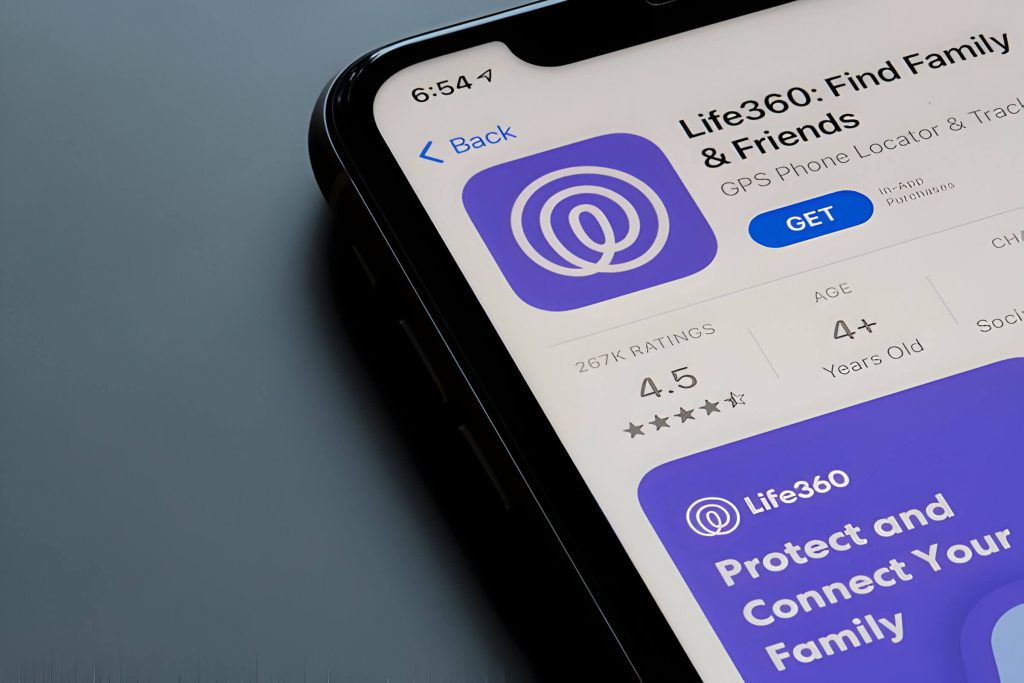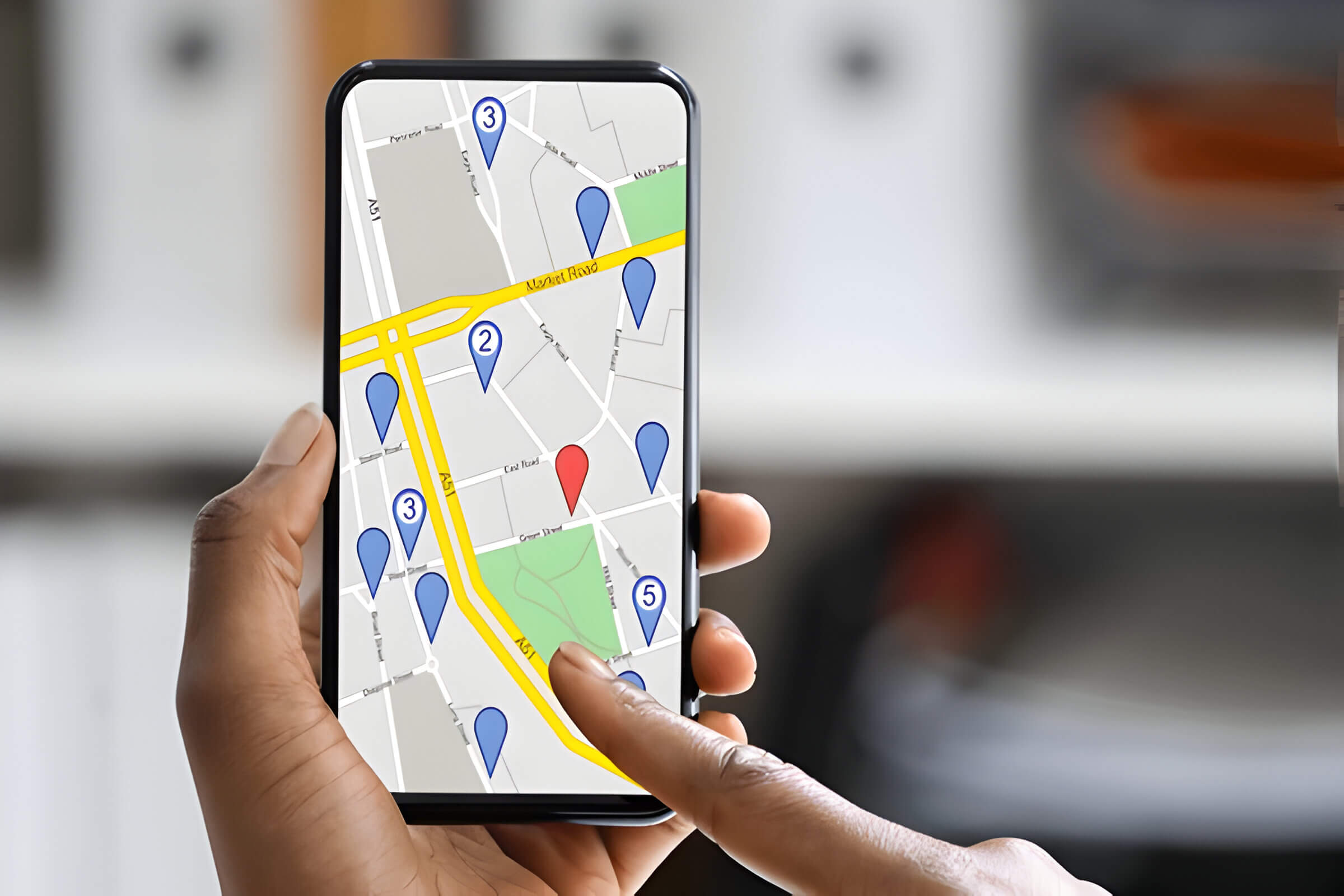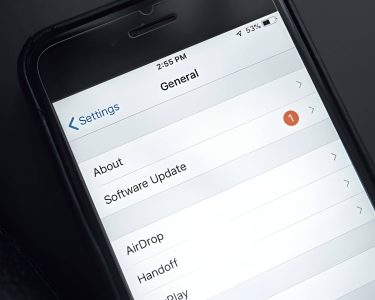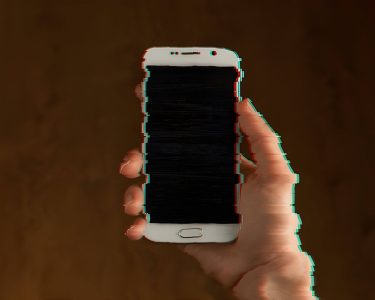Cell phone pinging, a technology for locating mobile devices, has become both useful and controversial in our connected world. It offers various applications but raises legal and ethical concerns. This introduction examines cell phone pinging, its methods, benefits, and key considerations for its use.
Understanding Cell Phone Pinging
Cell phone pinging is a method used to determine the approximate location of a mobile device. This process involves sending a signal, or “ping,” to a cell phone and analyzing the response to estimate its position. There are two primary methods of cell phone pinging: GPS pinging and cellular network triangulation.
GPS pinging utilizes the Global Positioning System to pinpoint a device’s location with high accuracy. When a cell phone’s GPS is enabled, it communicates with multiple satellites to calculate its precise coordinates. This method is typically more accurate but requires the device to have an unobstructed view of the sky.
Cellular network triangulation, on the other hand, relies on the phone’s communication with nearby cell towers. By measuring the strength and timing of signals between the device and multiple towers, the network can estimate the phone’s location. While less precise than GPS, this method works indoors and in areas with limited satellite visibility.
Mobile device location tracking has various applications, including emergency services, navigation apps, and location-based services. However, it’s important to note that cell phone pinging raises privacy concerns, and in most cases, requires user consent or legal authorization to be performed.
Legal and Ethical Considerations of Pinging Cell Phones
When considering how to ping a cell phone, it’s crucial to understand the legal and ethical implications of this technology. Cell phone privacy laws vary by jurisdiction but generally protect individuals from unauthorized tracking. In most cases, consent for location tracking is required from the phone’s owner or user. This means that pinging someone’s phone without their knowledge or permission could be illegal.
Ethical use of pinging technology involves respecting personal boundaries and privacy rights. It’s important to consider the potential consequences of tracking someone’s location, even if it’s done with good intentions. Misuse of this technology can lead to stalking, harassment, or invasion of privacy.
Legal restrictions on phone pinging are in place to protect citizens. Law enforcement agencies typically need a warrant or court order to ping a cell phone for investigative purposes. For private individuals or businesses, the legal landscape is even more restrictive. It’s generally not permissible to ping someone else’s phone without explicit consent.
Before attempting to ping a cell phone, always ensure you have the legal right to do so and consider the ethical implications of your actions. When in doubt, consult with a legal professional to understand the specific laws and regulations in your area regarding cell phone tracking and location services.
Methods to Ping a Cell Phone From Built-in Features to Third-Party Apps
There are several methods to ping a cell phone, ranging from built-in features to third-party apps. For iPhone users, the Find My iPhone feature is a powerful tool that allows you to locate your device on a map, play a sound, and even remotely lock or erase it if necessary. Android users have a similar option with Find My Device, which offers comparable functionality.
Many cell phone carriers also provide their own location services, which can be useful for tracking family members’ devices or locating a lost phone. These services often require enrollment and may come with additional fees.
For those seeking more advanced options, numerous cell phone tracking apps are available in app stores. These apps often offer features like real-time location tracking, geofencing alerts, and location history. However, it’s crucial to consider privacy implications and obtain consent before using such apps to track others’ devices.
It’s worth noting that the effectiveness of pinging a cell phone depends on factors such as the device’s battery life, network connectivity, and location settings. To ensure the best results, keep your device’s software updated and familiarize yourself with its built-in location features.
Step-by-Step Guide How to Ping an iPhone
Setting up your iPhone for pinging is a straightforward process that can prove invaluable if your device is ever lost or misplaced. Here’s a step-by-step guide to ensure you can ping your iPhone when needed:
- Enable iCloud: On your iPhone, go to Settings > [Your Name] > iCloud. Sign in with your Apple ID if you haven’t already.
- Activate Find My iPhone: In the iCloud settings, scroll down and toggle on “Find My iPhone.” This feature is crucial for locating your device remotely.
- Allow Location Services: Go to Settings > Privacy > Location Services and ensure it’s turned on for Find My iPhone.
- Pinging from a Computer: To ping your iPhone from a computer, visit iCloud.com and sign in with your Apple ID. Click on “Find iPhone” and select your device from the list.
- Locate Your Device: Once your iPhone appears on the map, click on it and select “Play Sound” to make it ping. This works even if your iPhone is on silent mode.
- Using Another iOS Device: If you have another Apple device, you can use the Find My app to ping your iPhone. Simply open the app, select your iPhone, and tap “Play Sound.”
Remember, for successful pinging, your iPhone must be powered on and connected to the internet. By following these steps, you’ll be well-prepared to locate your Apple device should it ever go missing.
Step-by-Step Guide How to Ping an Android Phone
Pinging an Android phone can be a lifesaver when you’ve misplaced your device or suspect it might be stolen. Here’s a step-by-step guide to help you locate your Android phone using Google’s Find My Device feature:
- Open a web browser and go to the Google Find My Device website.
- Sign in with the Google account associated with your lost Android phone.
- Once logged in, you’ll see a map with your device’s last known location.
- Select your lost phone from the list of devices (if you have multiple).
- Click on the “Play Sound” option to remotely ping your phone.
- Your Android device will ring at full volume for five minutes, even if it’s set to silent mode.
If your phone is connected to the internet, you can also use the Android device manager to lock it remotely or erase its data for security. Remember, these features work best when your phone’s location services and Find My Device settings are enabled. Regularly updating these settings can make locating lost Android phones much easier in case of emergencies.
Using Carrier Services to Ping a Cell Phone
Using carrier services is one of the most reliable methods to ping a cell phone. Major cellular providers offer location-tracking services designed for family use, which can be utilized to determine the whereabouts of a specific device. Here’s a breakdown of services offered by leading carriers:
AT&T FamilyMap allows users to locate family members’ phones on a map, set up location alerts, and store favorite locations. This service works on both smartphones and basic phones, providing a comprehensive solution for AT&T customers.
Verizon Family Locator offers similar functionality, enabling users to pinpoint the location of family members’ devices in real-time. It also includes features like location history and customizable alerts when a phone enters or leaves designated areas.
T-Mobile FamilyWhere provides location tracking for up to 10 lines on a single account. Users can view the location of family members’ phones on an interactive map and receive notifications when a device reaches a specific destination.
Sprint Family Locator, now part of T-Mobile’s services, allows users to locate family members’ phones, set up safety checks, and receive alerts when a device arrives at or leaves a predetermined location.
These carrier-provided services offer a legitimate and straightforward way to ping a cell phone, ensuring peace of mind for families while respecting privacy concerns.
Third-Party Apps and Services for Cell Phone Pinging

Third-party apps and services have revolutionized the way we can locate and track cell phones. These tools offer a range of features for pinging a cell phone, often with greater precision and functionality than built-in options. Popular apps like Life360 provide comprehensive family location sharing, allowing users to create private circles and receive real-time updates on group members’ whereabouts. Glympse offers temporary location sharing, ideal for short-term tracking during travel or events. Find My Friends, now integrated into Apple’s Find My app, enables iOS users to easily share their location with contacts.
Many phone tracker apps combine GPS tracking with additional features such as geofencing, location history, and even driving reports. These apps often require installation on both the tracker’s and the tracked person’s devices, ensuring consent and privacy. GPS tracking software can offer more advanced capabilities, including real-time tracking, route optimization, and detailed analytics, making them suitable for both personal and business use.
When choosing a third-party solution for cell phone pinging, consider factors such as accuracy, battery consumption, privacy settings, and compatibility with your device. It’s crucial to use these tools responsibly and ethically, always respecting others’ privacy and obtaining necessary permissions before tracking someone’s location.
What to Do When You Can’t Ping a Cell Phone
When attempting to ping a cell phone, several issues can prevent successful communication. Understanding these potential problems and their solutions can help you troubleshoot effectively. First, ensure the target phone’s battery isn’t depleted, as a dead device won’t respond to pings. Next, check if location services are enabled on the phone, as disabling this feature can interfere with ping attempts. Airplane mode is another common culprit; if activated, it blocks all wireless communications. Network connectivity problems, such as poor signal strength or temporary outages, can also hinder ping operations. If these basic checks don’t resolve the issue, consider contacting the phone’s service provider for assistance, as there may be account-related restrictions or network-specific problems affecting the device’s ability to receive pings. Remember, some phones have built-in privacy features that can limit ping functionality, so familiarize yourself with the specific model’s capabilities and settings.
How to Prevent Unwanted Cell Phone Pinging
Protecting your privacy in the digital age is crucial, especially when it comes to your mobile device. To prevent unwanted cell phone pinging, start by reviewing your location services settings. Disable location tracking for apps that don’t require it, and consider using the “only while using” option for essential apps. Regularly audit your app permissions, revoking access to your location for any suspicious or unnecessary applications.
Implementing anti-tracking measures can significantly enhance your privacy. Use a Virtual Private Network (VPN) when connecting to public Wi-Fi networks, and consider installing privacy-focused browsers that block tracking cookies. Additionally, explore privacy-focused mobile apps that prioritize user anonymity and data protection.
Remember that while it’s possible to ping a cell phone for legitimate reasons, such as locating a lost device, these techniques can also be misused. Stay informed about the latest privacy features offered by your device’s operating system and regularly update your software to benefit from the most recent security enhancements. By taking these proactive steps, you can significantly reduce the risk of unwanted tracking and maintain control over your personal information.






